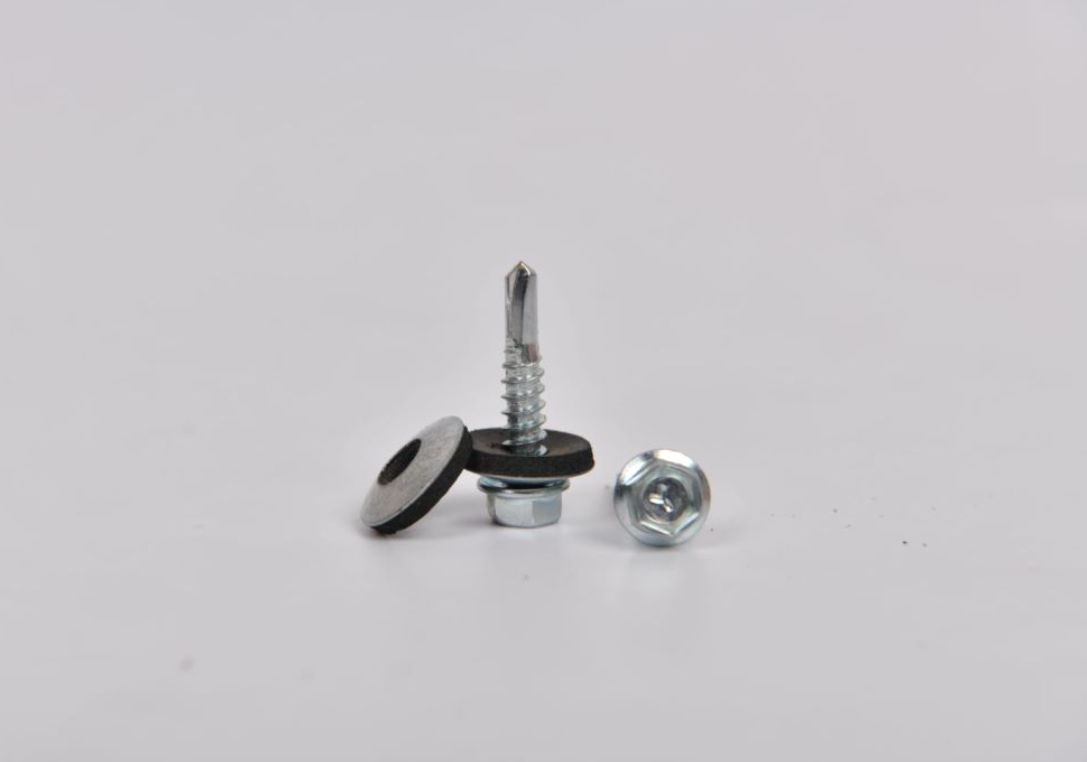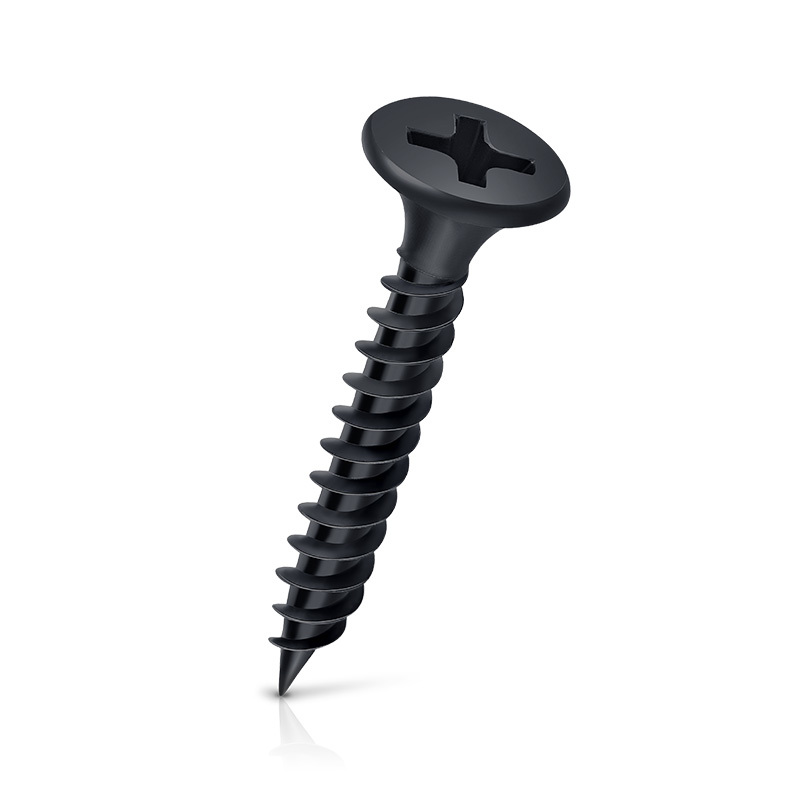Feb . 16, 2025 15:47
Back to list
din125 plain washer flat washer
Flat washers, often underestimated, play a pivotal role in numerous applications across industries. Their specifications are vital to ensuring efficiency and safety in mechanical assemblies, which influences their selection, performance, and compatibility. This article delves deeply into flat washer specifications, with a focus on enhancing your understanding of their application, which will aid in selecting the right product for specific needs.
Standards and Certifications Familiarity with standards and certifications is an indicator of quality and reliability. The specifications of flat washers often adhere to standards such as ISO, DIN, or ANSI, which dictate the material, dimensions, tolerances, and testing methods. Compliance with these standards ensures consistent quality across batches and enhances trustworthiness, critical in safety-sensitive industries. Environmental Considerations Environmental factors also contribute significantly to the selection of flat washers. Temperature extremes, chemical exposure, and atmospheric conditions can influence their effectiveness. For example, environments exposed to saltwater demand marine-grade stainless steel washers to resist corrosion. Properly evaluating environmental factors helps prevent premature failure due to unsuitable material selection. Expert Insights Consulting with industry experts can provide insights into the optimal selection and application of flat washers. Industry veterans possess firsthand experience with various washer types and can offer recommendations tailored to specific project requirements, ensuring both cost-efficiency and performance. Technological Advancements Recent technological advancements have led to the development of washers with enhanced features, such as non-metallic coatings for superior corrosion resistance or innovative design solutions that provide improved load distribution. Staying informed about these innovations can offer competitive advantages and expand the range of applications suitable for flat washers. In conclusion, the importance of flat washer specifications cannot be overstated. By understanding material choices, dimensional accuracy, surface finish, load-bearing abilities, and environmental influences, one can make informed decisions that enhance the performance and reliability of mechanical assemblies. Therefore, when evaluating flat washers for any application, consider all aspects to ensure optimal performance and long-term satisfaction.


Standards and Certifications Familiarity with standards and certifications is an indicator of quality and reliability. The specifications of flat washers often adhere to standards such as ISO, DIN, or ANSI, which dictate the material, dimensions, tolerances, and testing methods. Compliance with these standards ensures consistent quality across batches and enhances trustworthiness, critical in safety-sensitive industries. Environmental Considerations Environmental factors also contribute significantly to the selection of flat washers. Temperature extremes, chemical exposure, and atmospheric conditions can influence their effectiveness. For example, environments exposed to saltwater demand marine-grade stainless steel washers to resist corrosion. Properly evaluating environmental factors helps prevent premature failure due to unsuitable material selection. Expert Insights Consulting with industry experts can provide insights into the optimal selection and application of flat washers. Industry veterans possess firsthand experience with various washer types and can offer recommendations tailored to specific project requirements, ensuring both cost-efficiency and performance. Technological Advancements Recent technological advancements have led to the development of washers with enhanced features, such as non-metallic coatings for superior corrosion resistance or innovative design solutions that provide improved load distribution. Staying informed about these innovations can offer competitive advantages and expand the range of applications suitable for flat washers. In conclusion, the importance of flat washer specifications cannot be overstated. By understanding material choices, dimensional accuracy, surface finish, load-bearing abilities, and environmental influences, one can make informed decisions that enhance the performance and reliability of mechanical assemblies. Therefore, when evaluating flat washers for any application, consider all aspects to ensure optimal performance and long-term satisfaction.
Latest news
-
Top Choices for Plasterboard FixingNewsDec.26,2024
-
The Versatility of Specialty WashersNewsDec.26,2024
-
Secure Your ProjectsNewsDec.26,2024
-
Essential Screws for Chipboard Flooring ProjectsNewsDec.26,2024
-
Choosing the Right Drywall ScrewsNewsDec.26,2024
-
Black Phosphate Screws for Superior PerformanceNewsDec.26,2024
-
The Versatile Choice of Nylon Flat Washers for Your NeedsNewsDec.18,2024
Related News










